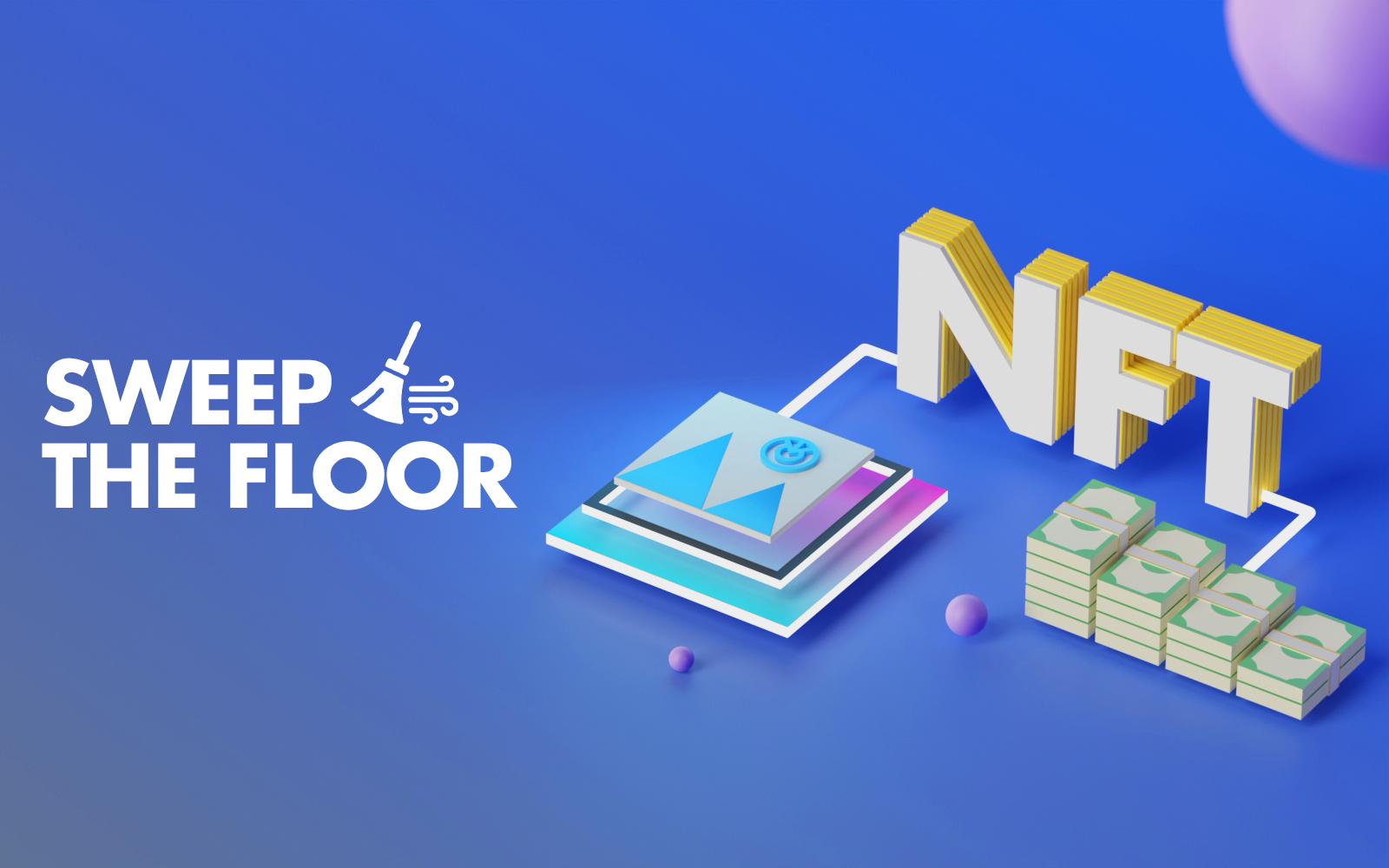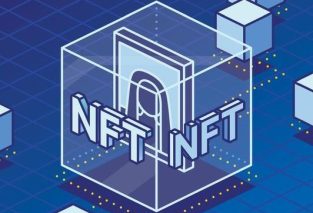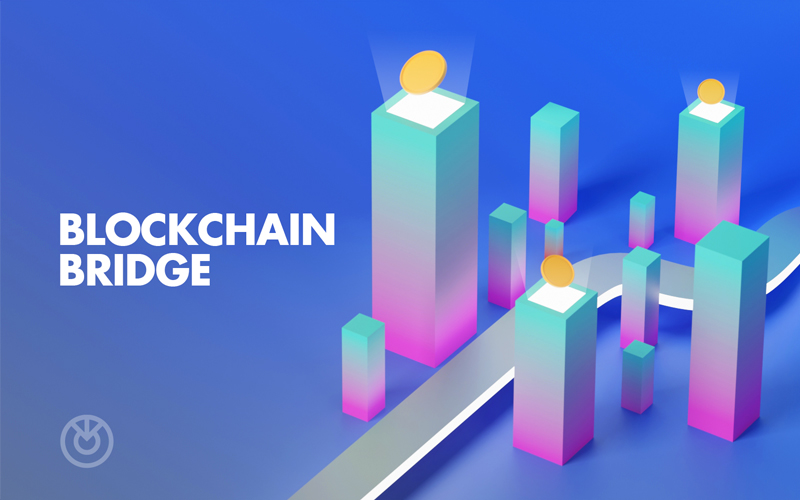In the rapidly evolving landscape of cryptocurrency, several key terms and concepts often emerge to tackle challenges faced by the decentralized world. One such concept is fragmentation, a term that holds significant importance in blockchain technology, the creation of tokens, and the management of cryptocurrencies. While it may seem like a technical term at first glance, understanding fragmentation helps illuminate how the crypto world strives to improve scalability, efficiency, and accessibility.
This article will explore blockchain fragmentation and token fragmentation in-depth, explaining their roles, applications, and why they are essential for the continued growth and sustainability of the cryptocurrency ecosystem.
Blockchain Fragmentation: Scaling for the Future
At the heart of every cryptocurrency is a blockchain, a decentralized ledger that records all transactions. This ledger must be capable of handling vast amounts of data while maintaining transparency, security, and decentralization. As blockchain technology gains popularity and adoption, especially with cryptocurrencies like Bitcoin and Ethereum, the ability of a blockchain to scale has become one of the most significant challenges.
Blockchain fragmentation refers to the practice of dividing the blockchain data into smaller, more manageable pieces, or “fragments.” This technique helps blockchain networks manage scalability, performance, and throughput by spreading the load and making it easier to handle large volumes of transactions without causing congestion or delays.
The Problem: Scalability Challenges in Blockchain
To understand the role of fragmentation, it’s essential to recognize the challenges inherent in blockchain scalability. A blockchain’s scalability refers to its ability to process increasing numbers of transactions while keeping transaction costs low and maintaining the speed at which the network processes these transactions.
Bitcoin, the first-ever cryptocurrency, processes only about 3-7 transactions per second (TPS), and Ethereum can handle around 15-30 TPS. In comparison, traditional payment networks such as Visa can process tens of thousands of transactions per second. As the demand for cryptocurrencies grows, these limitations present a serious obstacle.
The key challenge lies in the fact that, in a decentralized blockchain system, every node (or computer) in the network stores a copy of the entire blockchain history, which grows with each new block added to the chain. As the blockchain’s data size increases, each node needs to process and verify a larger set of data, which ultimately limits the blockchain’s ability to scale.
The Solution: Fragmentation and Sharding
Fragmentation, also known as sharding, is one of the most talked-about solutions for improving blockchain scalability. In a fragmented blockchain, the network’s data is broken up into smaller pieces called “shards.” Each shard holds a portion of the data, and different nodes in the network are responsible for validating and maintaining different shards rather than the entire blockchain. By distributing the workload across multiple nodes, the blockchain network becomes more efficient and scalable.
In practical terms, sharding is a way of dividing the blockchain into separate chains or fragments that work in parallel to handle different sets of transactions. This allows the network to process multiple transactions simultaneously, drastically improving the overall throughput and speed of the system.
The benefits of blockchain fragmentation are clear:
- Increased Throughput: By allowing multiple shards to operate in parallel, the blockchain can process many more transactions simultaneously, drastically increasing the network’s transaction throughput.
- Reduced Latency: Sharding reduces the overall latency of the network, meaning that transactions can be validated and confirmed much faster.
- Lower Costs: As the network becomes more efficient, transaction fees can be reduced, making cryptocurrencies more accessible to users.
- Enhanced Scalability: Fragmentation allows the network to scale without compromising decentralization or security, which are essential features of any blockchain-based system.
Token Fragmentation: Making Cryptos More Accessible
While blockchain fragmentation helps improve the scalability of the network, token fragmentation addresses a different issue in the cryptocurrency space: accessibility. Token fragmentation refers to the process of breaking up large tokens into smaller, fractional parts. This concept is most often applied to high-value cryptocurrencies or non-fungible tokens (NFTs), enabling broader ownership and participation in the market.
In the case of traditional cryptocurrencies like Bitcoin, users can already buy fractional parts of the asset. For example, Bitcoin can be divided into 100 million smaller units called Satoshis. This allows anyone to purchase a small fraction of a Bitcoin, even though the full value of a single Bitcoin may be prohibitively high for many potential investors. Token fragmentation makes cryptocurrencies more accessible by lowering the entry barriers and allowing people to invest in small portions of a highly valuable asset.
However, the real potential of token fragmentation lies in the world of NFTs. NFTs are unique digital assets that represent ownership of a specific item, whether it’s artwork, collectibles, music, or even virtual real estate. Some high-value NFTs can sell for millions of dollars, making them inaccessible to most individuals.
To address this, the practice of NFT fractionalization allows a single NFT to be split into smaller, tradable tokens. Each token represents partial ownership of the original NFT, enabling people to buy into expensive NFTs without having to purchase the entire asset. This creates a broader market for NFT trading and ownership, allowing investors to diversify their portfolios by owning shares of high-value NFTs.
Benefits of Token Fragmentation
- Lower Barriers to Entry: By breaking tokens into smaller units, token fragmentation allows a larger number of people to participate in the market, even if they cannot afford the full value of the asset.
- Increased Liquidity: Token fragmentation creates more liquidity for rare or high-value assets. Investors can trade smaller fractions of tokens, making it easier to buy and sell portions of expensive assets.
- Democratizing Access: Token fragmentation helps democratize access to valuable digital assets, enabling individuals with smaller budgets to invest in high-value cryptocurrencies or NFTs.
Conclusion: The Future of Fragmentation in Crypto
Fragmentation, both in the form of blockchain sharding and token fractionalization, represents one of the most promising solutions to the challenges of scalability and accessibility in the cryptocurrency world. As blockchain technology matures and cryptocurrencies become more mainstream, fragmentation will play a pivotal role in enabling decentralized systems to grow, evolve, and meet the needs of a global user base.
While there are still hurdles to overcome, including technical complexities and security concerns, the potential benefits of fragmentation make it a key area of focus for developers, investors, and enthusiasts alike. In the years to come, blockchain fragmentation and token fractionalization are likely to become integral parts of the cryptocurrency ecosystem, fostering a more inclusive and scalable environment for digital assets.



